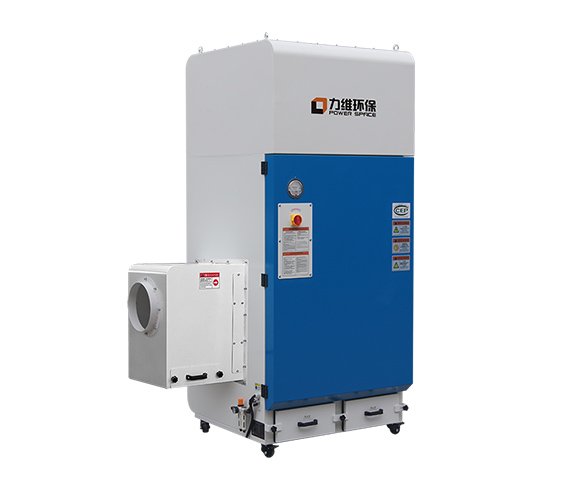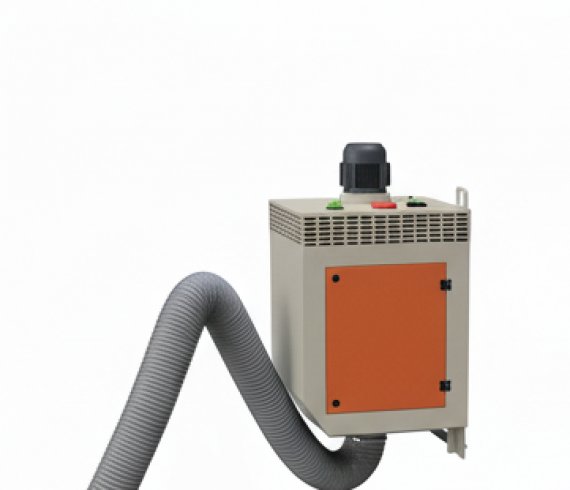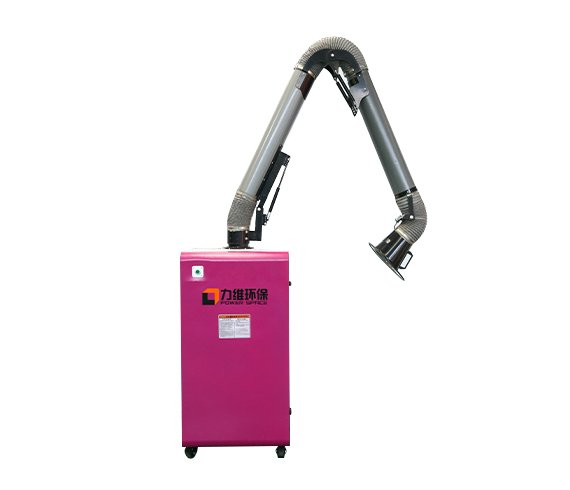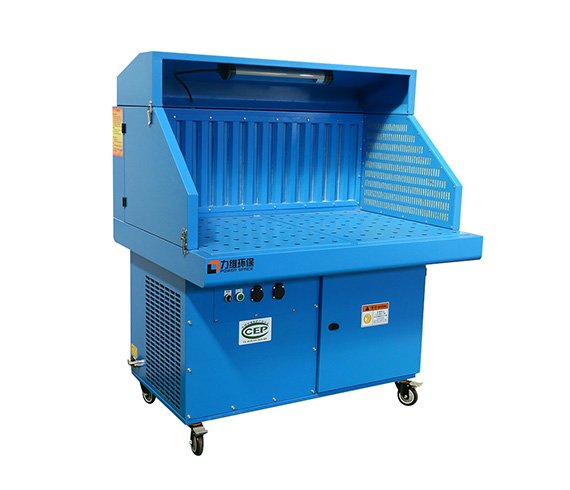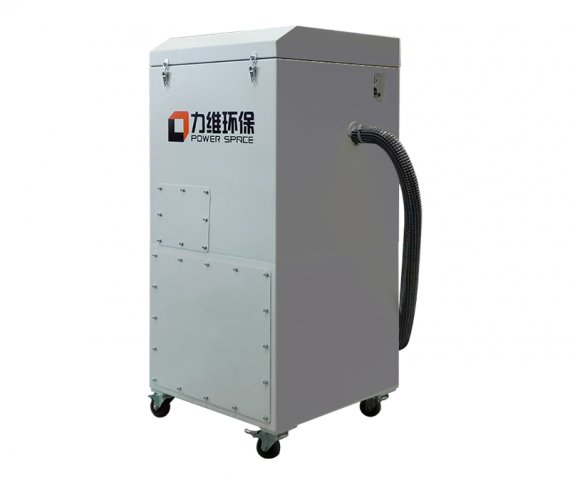News
Power Space tailor-made dust removal plan for you
Why Your Metal Shop Needs a Downdraft Bench Now
If you're wrestling with clouds of metal particles, abrasive grit, and toxic fumes in your workspace, you're not just battling a nuisance; you're facing serious health risks and operational inefficiencies.The solution lies in targeted source capture, and that's where the downdraft bench becomes indispensable. This powerful workstation isn't a luxury; it's a critical investment in safety, cleanliness, and productivity for any metalworking environment.
Traditional Dust Control: Why It Falls Short for Grinding
Many shops try common methods, but they struggle with the specific challenges of grinding:
General Ventilation (Dilution): Roof vents or wall fans simply spread contaminants around the shop before exhausting a small fraction. They don't protect the operator breathing at the source and are inefficient for heavy dust loads.
Overhead Hoods: Effective for some fumes, but grinding dust is heavy and directional. Hoods often miss the plume driven downwards by the grinding wheel's force, requiring massive airflow to be somewhat effective.
Portable Extractors with Hoods: While better than nothing, positioning a movable hood effectively during dynamic grinding is awkward and often obstructs the work. Operators frequently move it out of the way, rendering it useless.
Respirators (PPE): While essential as a last line of defense, relying solely on respirators is risky. They can be uncomfortable, require fit testing and maintenance, and offer no protection to others in the shop or prevent dust accumulation.
The Grinding Downdraft Table: Engineered for Metalworking
Not all downdraft tables are created equal. A grinding downdraft table in the metal grinding industry must be robust and specifically designed to handle the unique demands:
Heavy-Duty Construction: Built from thick steel to withstand the abuse of grinding, impacts, and heavy workpieces.
Optimal Airflow & Velocity: Engineered to generate sufficient CFM (Cubic Feet per Minute) and face velocity (typically 100-200 FPM across the surface) to capture dense grinding dust effectively. Proper plenum design ensures even airflow distribution.
Durable Work Surface: Perforated steel plate or heavy-duty expanded metal grating that supports weight, resists damage from sparks and slag, and allows optimal airflow.
Integrated Dust Collection: Connects directly to a dedicated dust collector or your facility's central system. Requires sufficient static pressure capability.
Effective Filtration: High-efficiency cartridge filters (often MERV 15 or HEPA) are crucial to capture the fine, hazardous particulates common in metal grinding before air is exhausted or recirculated.
Spark Arrestance/Deflagration Protection: Essential when grinding ferrous metals or alloys prone to sparks. Features include spark traps before the filter, flame-retardant filters, and potentially NFPA-compliant explosion venting or suppression systems.
Mobility & Adjustability (Optional): Casters allow repositioning. Some models offer adjustable airflow zones or backdrafts for larger pieces.
Choosing the Right Grinding Downdraft Table for Your Needs
Selecting the optimal grinding downdraft table in the metal grinding industry requires considering your specific application:
Workpiece Size & Frequency: Bench size and required airflow (CFM) scale with the typical parts you grind.
Materials Grinded: Determines filtration needs (HEPA for toxics like Cr(VI) or Beryllium), spark arrestance requirements, and filter media durability.
Dust Load: Heavy continuous grinding demands higher CFM and more robust filtration/collection systems than intermittent use.
Existing Infrastructure: Does it need a dedicated collector, or can it tie into your central system? What static pressure is available?
Mobility: Is a stationary bench sufficient, or is mobility required for flexible shop layouts?
Budget: Balance initial cost with long-term operational, maintenance, and compliance savings. Don't underspecify safety.

The hazards of uncontrolled metal grinding dust are too severe to ignore. While PPE and general ventilation have roles, they are fundamentally inadequate for protecting operators and shops from the dense, toxic plumes generated at the grinding wheel.A well-chosen, properly installed downdraft bench is the most effective source capture solution for benchtop grinding applications. It directly tackles the hazard where it starts, pulling dust away from the operator's breathing zone and out of the work environment.


